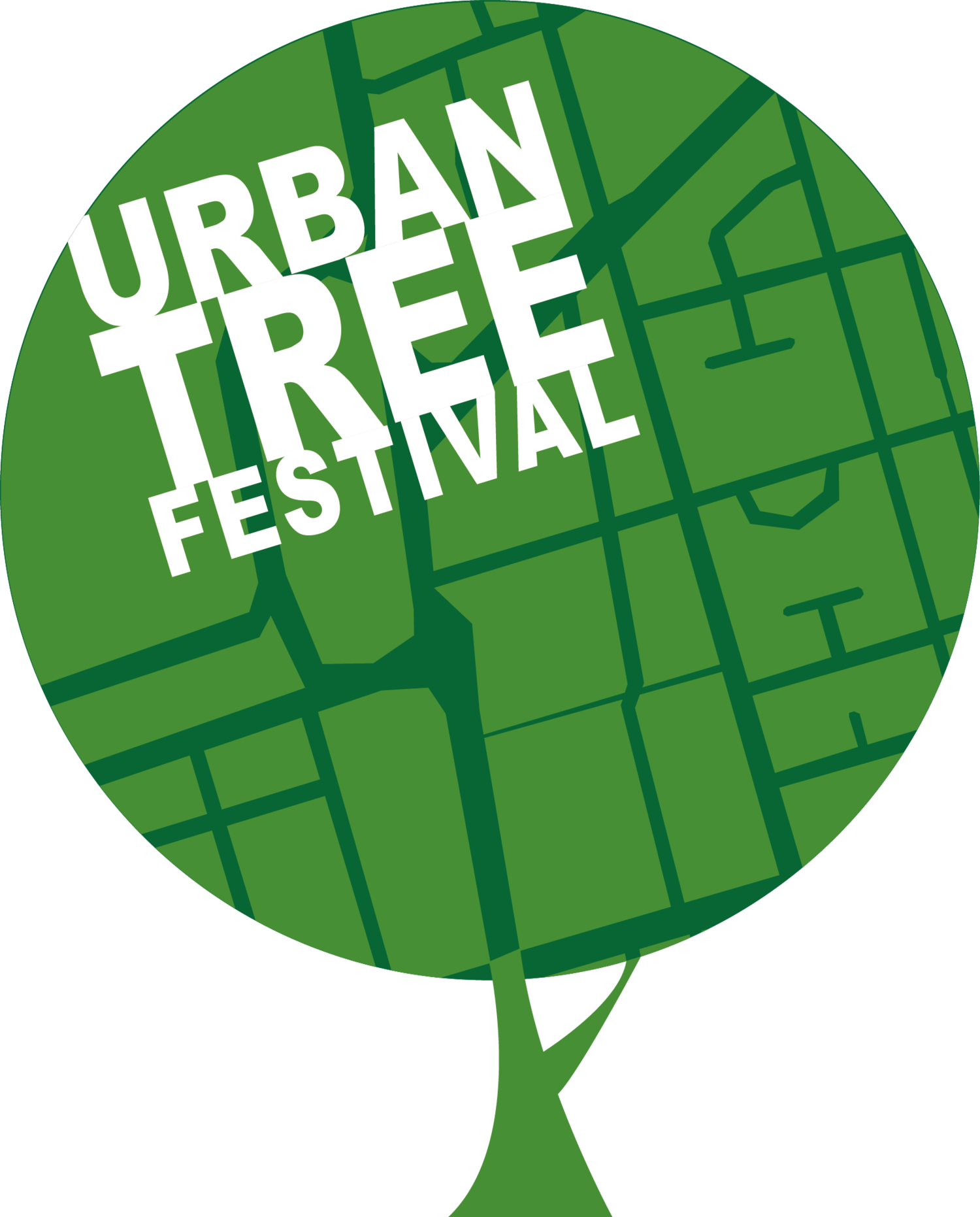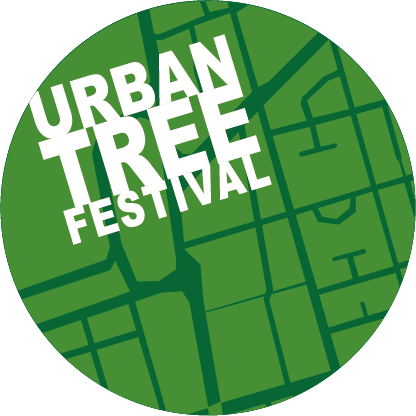Trees & Stories
Written by Thomas Kaye
With so many literary events at this year’s Urban Tree Festival, it seems appropriate to say a quick word on trees and stories.
In his book The Tree, author John Fowles writes: “I do not plan my fiction any more than I normally plan my woodland walks; I follow the path that seems most promising at any given point.” I find this link between a woodland walk and the writing process truly captivating.
Fowles’ unplanned wanderings through glades and paragraphs are a wonderful example of how trees and stories relate to one another. The “green chaos” – as Fowles calls the woods – is a term that refers not just to the physical geography of woodlands but also a cultural geography of trees and story. Both the tree and the tale outlive the hand that planted them, and both offer us an escape.
To escape into a wood or a story is to break free from the usual pressures of our day to day lives. In such a moment of escape I was recently walking in Back Forest in the Peak District. After trekking up and down the peaks my jellied legs began to scuff across roots that dipped in and out of the soil. Tripping over these brief glimpses of the forest’s root system prompted me to imagine the sheer scale of everything I could not see under the surface.
I pictured the lattice of roots stabilising this whole steep hillside. I began to think of how our stories are similarly patterned. The currents of wood in our stories rise sometimes visibly, but often their influence on the tale is an almost imperceptible foundation of interconnections.
We use trees in countless forms of foundational thought and worldview. From mythological world trees like Yggdrasil and Darwin’s first sketches of the evolutionary tree of life, to the distinctly personal branches of our family trees that connect us to our ancestors and our descendants to us.
In this latter tree metaphor, our individual lives flicker like leaves on a branch. Our own ephemerality on these boughs brings into relief the more expansive timescales trees introduce to our narratives. Indeed, Richard Mabey concisely surmises that “it is in that gap between the respective time-frames of humans and trees that myths flourish.”
Perhaps this flourishing understory of myth written in wood is where we find Fowles again on his unplanned rambles through the “green chaos.” We can tune into this perspective on fiction each time we read if we read with this grain in mind. The grain that mingles our stories and our trees, that ripples with a language encased in bark, hardcovers, and paperbacks.
Thomas Kaye is a PhD student on the Forest Edge Programme at the University of Birmingham. His project 'Reading the Grain: The Forestry of Contemporary Literature' analyses how contemporary writers engage with scientific discourse and forest history to re-imagine our relationship with trees, woodlands, and forests.



